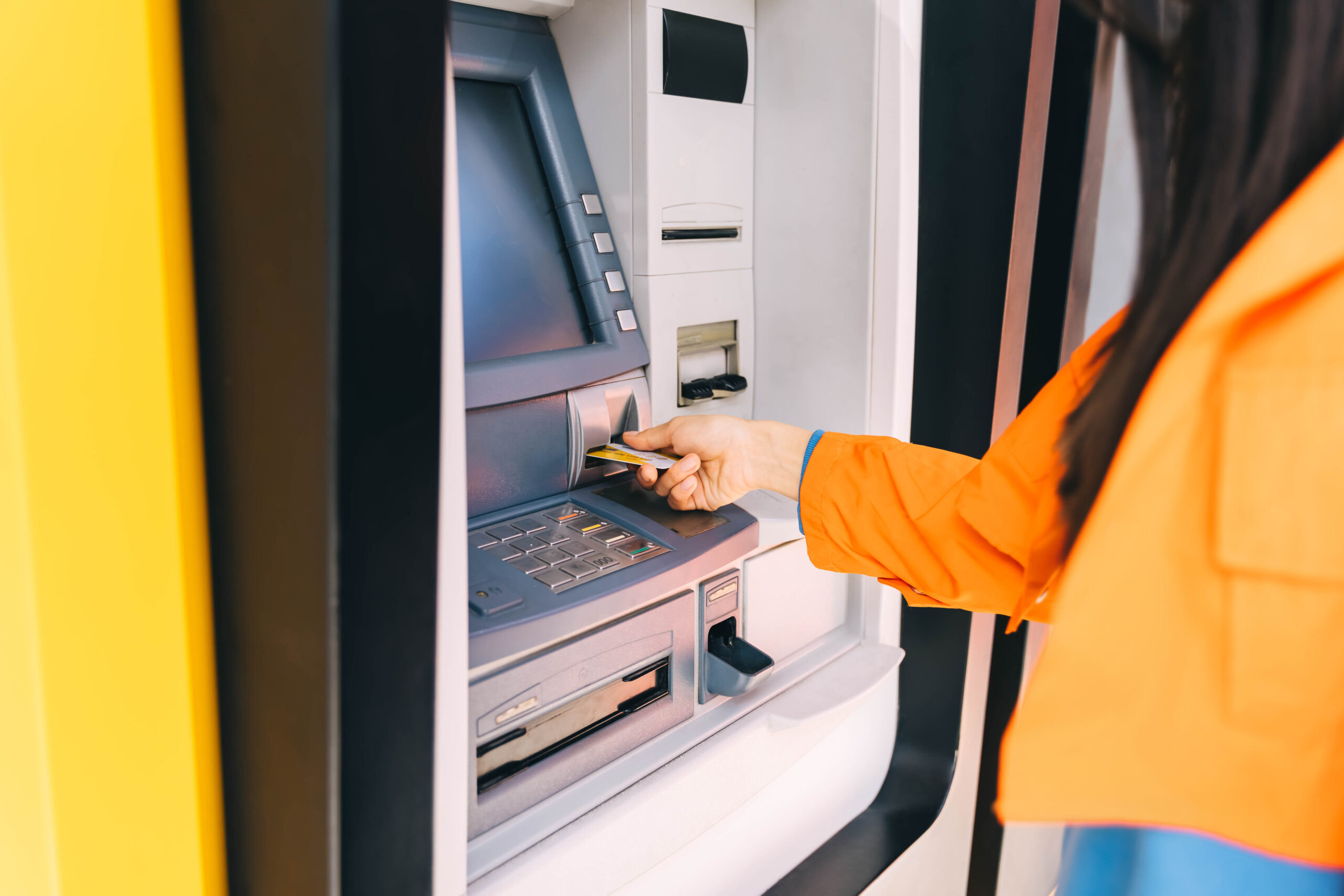You can do many things with your extra money each month, but one of the most common is to put it into a savings account. High-yield savings accounts are an attractive alternative to the savings options you may see at your local bank, offering a chance to earn more money while being more secure than storing cash at home. Whether you're saving for an emergency fund, a new car down payment, or something special for a loved one, a savings account can make a big difference in your overall budget and is usually easy to set up and maintain.
How high-yield savings accounts differ
A high-yield savings account is a specific type of savings account that offers a higher annual interest rate than the national average of a standard savings account. It can offer many times the average rate, which can add up if you save money often and leave it in that account.
Some high-yield accounts offer one rate for balances under a certain amount (such as $1,000) and another rate for balances above. Multiple rate tiers are common, but all rate tiers will be competitive compared to a traditional savings account.
Benefits of a high-yield savings account
Higher earnings
The biggest advantage to putting money in a high-yield savings account is the earning potential. If you were to put $1,000 in a traditional savings account with an annual interest rate of 0.13%, you would earn just $1.30 on that money. Putting it into a high-yield account with an annual interest rate of 2.05% would get you an additional $20.50. That's a big difference and compelling enough for people to move their money to banks that offer high-yield accounts.
Security
The same entities also govern high-yield accounts as traditional savings accounts. You will get Federal Deposit Insurance (FDIC) protection for bank accounts and National Credit Union Association protection for credit union accounts. (They offer high-yield accounts, too.) You can easily see if the account you are opening is insured by checking the disclosure terms. Each bank should have its own FDIC certificate number or credit union charter number.
Downsides of a high-yield savings account
Variable rates
Since high-yield savings accounts, along with other interest-earning accounts, base their rates on the overall interest rates of the Federal Reserve, it’s likely that your rate can go up and even down over time. While the high-yield accounts should still be higher than a standard checking account, it may not be enough of a difference in earnings to keep money there long term.
When factoring in the rate of inflation, for example, you could find yourself not making much more in interest than what it costs to buy things with new, inflated costs. However, this is an issue for all account types, and shouldn’t be a reason to avoid high-yield savings accounts over other savings account types. Just know that any big earning opportunity you see today, may not be as much of an opportunity tomorrow, and interest goals should be set with this in mind.
Should you open a high-yield savings account?
Deciding whether you should stash your cash in a high-yield savings account is a personal choice that's typically guided by your individual short and long-term money goals. If you only need to put away money for a little while (a few months), you won't get the earning benefit of a high-yield savings account.
Suppose you have some money you want to save for a longer-term goal and are content with parting with it for a year or more. It can be one of the most effective ways to meet a significant savings goal, such as help to save for a wedding or the down payment on a house.
High-yield savings account checklist
Whatever you decide, ask questions about any potential savings account to know what you'll get in return for letting the bank hold on to your money.
What is the interest rate? Is it a promotional rate, or will my money always earn at a similar rate (based on market trends)?
How is interest compounded: daily, monthly, annually, or another method?
Is there a minimum deposit required?
How much do I have to keep in the account to keep earning the rate or keep the account open? What happens if my balance goes below the threshold?
What fees will be charged to my account? Is there a way to waive these or perform activities to prevent them (such as having money deposited regularly?)
Is there a limit on the number of withdrawals per month?
How can I access my money? Can I link to other accounts or withdraw using a debit card?
How can I deposit my money? Is there a mobile app or easy way to deposit a check or cash?
Why a Savings Account1 with Netspend may be the best pick
Did you know that you can connect your Netspend Card Account to a Netspend Savings Account and earn up to 5.00% in Annual Percentage Yield (APY)? This is far above what traditional savings accounts offer, making this high-yield account an easy way for Netspend users to stash cash and earn money easily. Users can even set up to automatically transfer2 a set amount from your Netspend card to your Netspend Savings Account1 regularly. This ensures you can keep saving for that important goal with even less effort.
For those who already have a Netspend card and want to be responsible about saving money, this additional benefit can help you compound your savings faster.
1. Pathward, N.A.: The optional Savings Account is made available to Cardholders through Pathward, N.A., Member FDIC. To participate in the Savings Account program, Cardholder must consent to and continue receiving communications from us in electronic form. If Cardholder is subject to Internal Revenue Service backup withholding at the time of the request to open a Savings Account, the request will be declined. Interest is calculated on the Average Daily Balance(s) of the Savings Account and is paid quarterly.
If the Average Daily Balance is $1,000.00 or less, the interest rate paid on the entire balance will be 4.91% with an annual percentage yield (APY) of 5.00%.
If the Average Daily Balance is more than $1,000.00, the interest rate paid on the portion of the Average Daily Balance which exceeds $1,000.00 will be 0.49% with an APY of 0.50%, and the interest paid on the portion of the Average Daily Balance which is $1,000.00 or less will be 4.91%. The APY for this tier will range from 5.00% to 0.54%, depending on the balance in the account.
The interest rates and APYs of each tier may change. The APYs were accurate as of 9/28/22. These are promotional rates and may change without notice pursuant to applicable law. No minimum balance necessary to open Savings Account or obtain the yield(s). Because Savings Account funds are withdrawn through the Card Account (maximum 6 such transfers per calendar month), Card Account transaction fees could reduce the interest earned on the Savings Account. Card Account and Savings Account funds are FDIC-insured upon verification of Cardholder’s identity. For purposes of FDIC coverage limit, all funds held on deposit by the Cardholder at Pathward, N.A., will be aggregated up to the coverage limit, currently $250,000.00.
Republic Bank & Trust Company: The Savings Account is made available to Cardholders through Republic Bank & Trust Company; Member FDIC. To participate in the Savings Account program, Cardholder must consent to and continue receiving communications from us in electronic form. If Cardholder is subject to Internal Revenue Service backup withholding at the time of the request to open a Savings Account, the request will be declined. Interest is calculated on the Average Daily Balance(s) of the Savings Account and is paid quarterly.
2. Automatic Savings Transfers may take up to 48 hours after funds are added to your account. Your account must be in good standing with sufficient available balance in your Spending Account at the time of the automatic transfer. You may change or discontinue your automatic transfers at any time.



